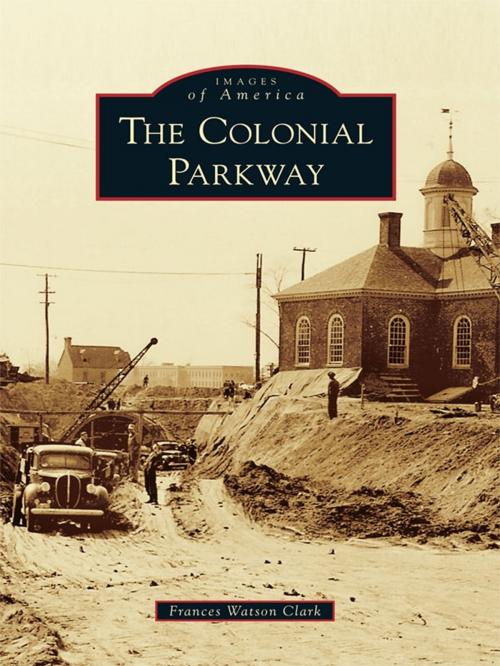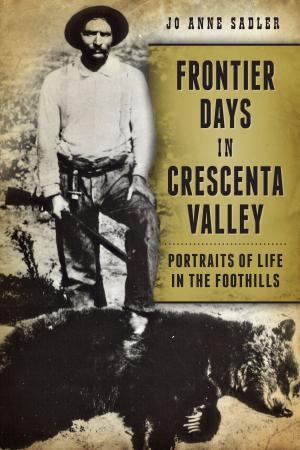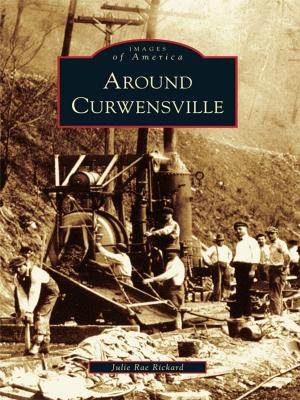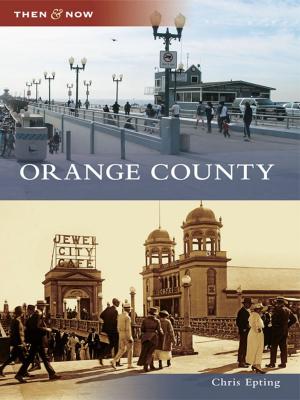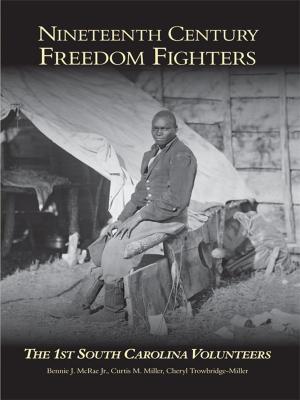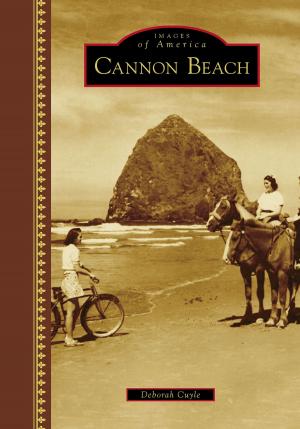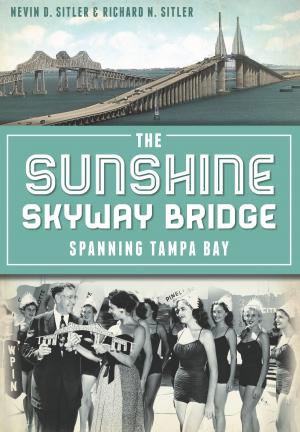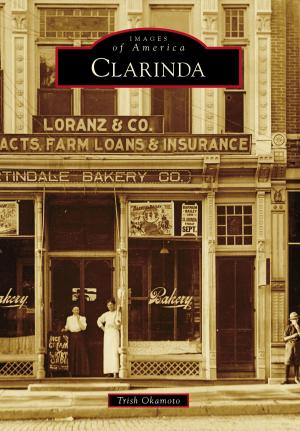The Colonial Parkway
Nonfiction, Art & Architecture, Photography, Pictorials, Travel, Lodging & Restaurant Guides| Author: | Frances Watson Clark | ISBN: | 9781439626153 |
| Publisher: | Arcadia Publishing Inc. | Publication: | August 30, 2010 |
| Imprint: | Arcadia Publishing | Language: | English |
| Author: | Frances Watson Clark |
| ISBN: | 9781439626153 |
| Publisher: | Arcadia Publishing Inc. |
| Publication: | August 30, 2010 |
| Imprint: | Arcadia Publishing |
| Language: | English |
The Colonial Parkway is a living timeline to the critical beginnings of our nation. Connecting a historic triangle of cities, the parkway winds along the James River overlooking Jamestown Island, where the first permanent English colony was established; through Williamsburg, the Colonial seat of government for the new country; and arrives in Yorktown, where the fledgling nation won independence from the British at the end of the Revolutionary War. The vision of the early directors of the U.S. National Park Service became the foundation for getting the approval to construct a road that would allow visitors to move from one historic place to the next without the disruptions of the modern world. Construction began in the early 1930s, and the final phase was finished in 1957 for the 350th anniversary of the founding of Jamestown. While the parkway is a marvel in engineering, the area it covers also serves as a recreational locale for biking, fishing, and hiking.
The Colonial Parkway is a living timeline to the critical beginnings of our nation. Connecting a historic triangle of cities, the parkway winds along the James River overlooking Jamestown Island, where the first permanent English colony was established; through Williamsburg, the Colonial seat of government for the new country; and arrives in Yorktown, where the fledgling nation won independence from the British at the end of the Revolutionary War. The vision of the early directors of the U.S. National Park Service became the foundation for getting the approval to construct a road that would allow visitors to move from one historic place to the next without the disruptions of the modern world. Construction began in the early 1930s, and the final phase was finished in 1957 for the 350th anniversary of the founding of Jamestown. While the parkway is a marvel in engineering, the area it covers also serves as a recreational locale for biking, fishing, and hiking.
